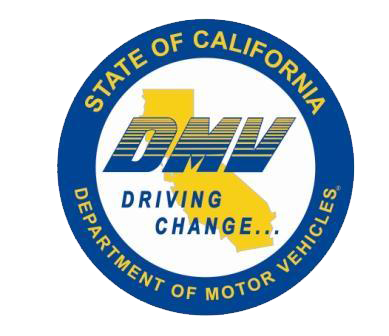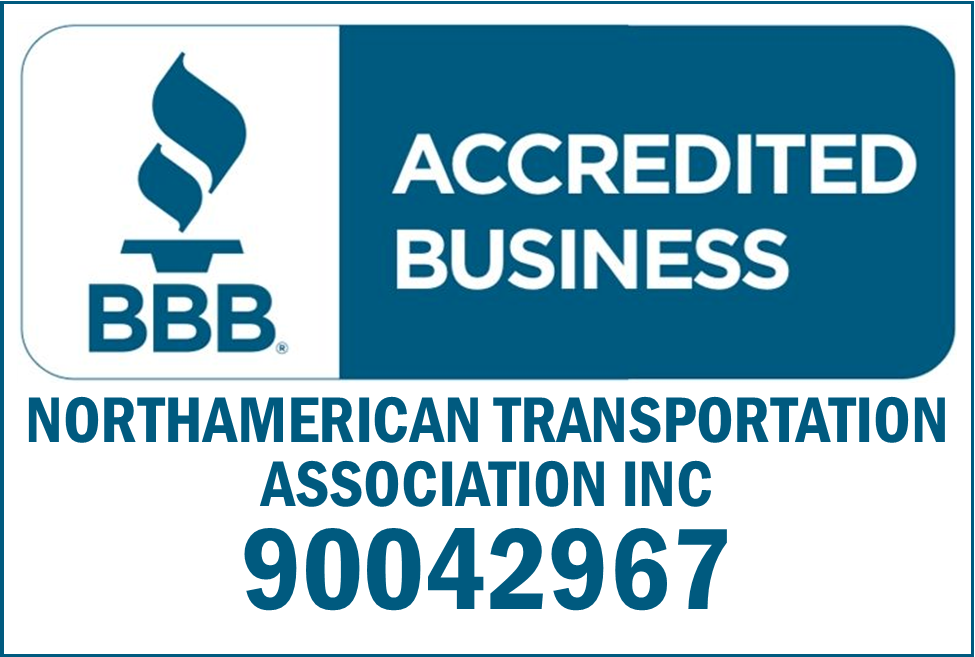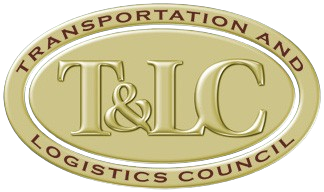How a California Warehouse Emission Rule Could Affect Truck Fleets
Even if you’ve never seen the 1976 movie Network, you know the line delivered by TV newsman Howard Beale (Peter Finch): "I'm as mad as hell, and I'm not going to take this anymore." It crystallizes the anger and powerlessness felt by the individual who has no recourse, options or plan. It is anger without a clear target -- just general anger at the disappointing state of modern life.

As state and national regulatory changes continue to impact heavy-duty transportation, one local California rule that has not received as much attention requires warehouse operators in Southern California to track truck trips to their facility and prepare to pay hefty annual fees for total diesel truck visits to their docks.
Now it doesn’t take a idiot to guess who is going to pass this “fee” on to the delivering trucker!
Unless China, India and Russia take steps to curb air pollution all this is just a drop in a bucket or rather, the black hole of waste of time and money. This is just another way to penalize the transportation industry. May I remind everyone that about 97% of trucking is made up of companies with 1 to 25 trucks.
In fact, If California were to completely eliminate all forms of pollution, it would have some positive effects on the environment and public health. However, it is unlikely to have a significant impact on the rest of the world on its own.
California is a major contributor to greenhouse gas emissions in the United States, accounting for about 6% of the country's total emissions. Eliminating pollution in California would reduce these emissions, which could potentially have a small but positive impact on the country's overall greenhouse gas emissions. So that leaves 94% left to deal with. In my opinion, that just too much money to spend to gain a mere 6% return on the money invested.
As far as air pollution is concerned, eliminating pollution in California would improve air quality in the state and potentially in neighboring states, particularly those downwind of California. The extent of the improvement would depend on the distance from California and the direction of prevailing winds.
So in reality, Arizona, Utah, Nevada, Colorado, New Mexico and Texas would surely benefit because thats the way the wind blows.
So when is someone out there going to start a California CARB surcharge”
The Warehouse Indirect Source Rule (ISR), enacted by the South Coast Air Quality Management District, is part of an emission-reduction plan in areas where the high density of warehouses is impacting air quality in communities. Large and mid-sized warehouses in Los Angeles, Orange, Riverside, and San Bernadino counties are now obligated to track the “indirect” emissions coming from the trucks that frequent their sites.
Last year, the largest warehouses of 250,000 square feet and above were subject to the rule. But starting this year, many more warehouses are obligated to comply as the rule expands to mid-sized facilities of 150,000 square feet and above. Starting next year, warehouses of just 100,000 square feet will also need to comply.
Every diesel truck visit counts against the warehouse operator in a points-based system. On the other side of the balance sheet, warehouse owners/operators can offset those diesel truck trips and reduce fees by taking certain emission-reducing actions and adding zero-emission truck trips to the site.
What ISR Means for Visiting Fleets
What does this mean for trucking fleets that frequent these warehouses? Simply put, diesel truck trips are becoming more expensive for warehouse owners and operators. This cost pressure could trickle down in the form of fees passed on to diesel fleets visiting warehouses — one of the many ways that operating a diesel truck is becoming more expensive, complicated, and increasingly regulated.
For Southern California warehouse owners and operators, a zero-emission truck will soon be preferred over a diesel truck, as it represents a money-saving opportunity versus a reoccurring cost.
How to Reduce Fees with On-Site Infrastructure
South Coast AQMD’s goal is to incentivize warehouses to favor zero-emission trucks, although there are other ways to offset fees, through earning WAIRE (Warehouse Actions and Investments to Reduce Emissions) points.
The points-based system allows warehouse operators to reduce fees with a menu of optional projects including:
- On-site solar installation
- Energy efficiency upgrades
- Electric vehicle charging infrastructure installation
Adding charging infrastructure itself offsets South Coast AQMD fees and supports zero-emission truck trips to the facility, which further offsets those fees on an annual, recurring basis.
Securing an Early Competitive Advantage
Warehouse owners and operators are becoming aware that EV charging infrastructure not only earns “good” points with South Coast AQMD and supports battery-electric trucks that are starting to visit warehouses, but also that charging infrastructure is now a prime consideration for tenants and fleet operators that need to find warehouse partners supporting their transition to battery-electric fleets. That’s because fleets are increasingly impacted by both sustainability goals and zero-emission regulations, especially with the Advanced Clean Fleets rule slated for enactment this year.
In short, warehouses are poised to create significant competitive advantage by joining the early wave of facilities that build and offer battery-electric truck charging.
And it is a race, due in part to the pace of regulation and the capacity constraints of local utilities. Power requirements are already stalling some proposed charging depots, depending on local grid capacity. Those who secure the energy capacity from their utility first will be better positioned to install charging infrastructure sooner.
A New Approach to the Infrastructure Challenge
Many warehouse operators will weigh the cost of adding charging infrastructure against the cost of South Coast AQMD fees, but there is another approach entirely.
Thanks to the new concept of “charging infrastructure as a service,” warehouse operators can partner with third-party solutions providers to build charging facilities at or near the facility. This effectively eliminates the capital investment and complexity of construction for the warehouse owner or operator and enables them to claim the project as an offset to significantly reduce South Coast AQMD fee obligations for diesel truck trips to the warehouse.
With new regulations come new challenges, but the market is responding to help warehouse operators sort this out with the infrastructure-as-a-service model. And while the AQMD rule focuses on four counties in California, progress that occurs under this rule will likely lead to innovation opportunities for warehouse owners and operators at other locations across the nation.
Content Disclaimer: Due to the constantly changing nature of government regulations, it is impossible to guarantee the total and absolute accuracy of the material contained herein or presented. NorthAmerican Transportation Association (NTA) cannot and does not assume any responsibility for omissions, errors, misprinting or ambiguity contained. NTA shall not be held liable in any degree for any loss, damage or injury caused by any such omission, error, misprinting or ambiguity present. It is made available with the understanding that NTA is not engaged in rendering legal, accounting or other professional service. If legal advice or other expert service is required, the services of such a professional should be sought.











